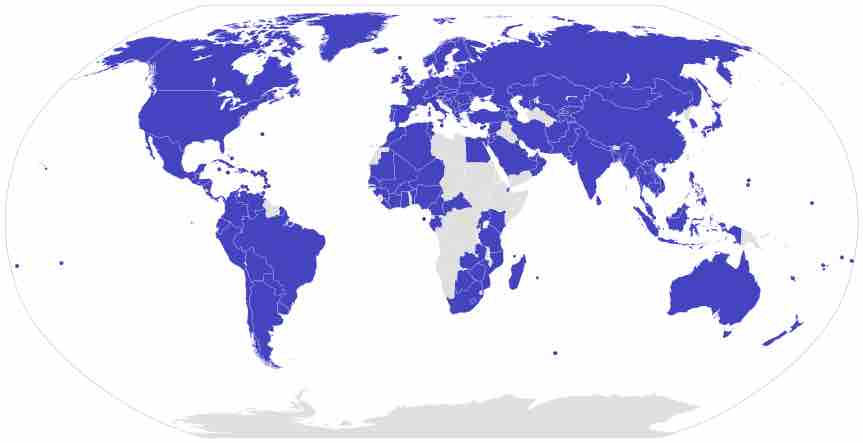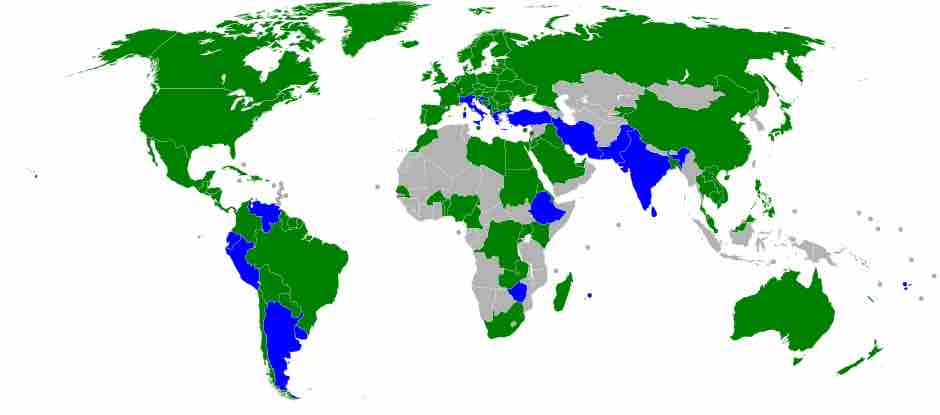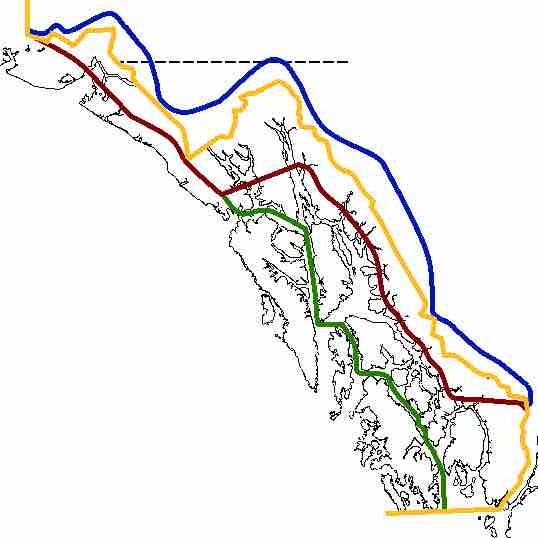What is Arbitration?
Arbitration, a form of alternative dispute resolution, is a legal technique for the resolution of disputes outside the courts, where the parties to a dispute refer it to one or more persons by whose decision they agree to be bound. It is a resolution technique in which a third party reviews the evidence in the case and imposes a decision that is legally binding for both sides and enforceable.
Arbitration is often used for the resolution of commercial disputes, particularly in the context of international commercial transactions. Arbitration can be an important tool of foreign policy, as it allows states a forum to resolve disputes.
International Arbitration
International arbitration is a leading method for resolving disputes arising from international commercial agreements and other international relationships. As with arbitration generally, international arbitration is a creature of contract. In other words, the parties' agree to submit disputes to binding resolution by arbitrators, usually by including a provision for the arbitration of future disputes in their contract. The practice of international arbitration has developed so as to allow parties from different legal and cultural backgrounds to resolve their disputes, generally without the formalities of their respective legal systems.
Advantages to International Arbitration
International arbitration has enjoyed growing popularity with business and other users over the past 50 years. There are a number of reasons that parties elect to have their international disputes resolved through arbitration. These include: the desire to avoid the uncertainties and local practices associated with litigation in national courts, the desire to obtain a quicker, more efficient decision, the relative enforceability of arbitration agreements and awards, the commercial expertise of arbitrators, the parties' freedom to select and design the arbitral procedures, confidentiality of arbitration, and other benefits.
The New York Convention
The principal instrument governing the enforcement of commercial international arbitration agreements and awards is the United Nations Convention on Recognition and Enforcement of Foreign Arbitral Awards of 1958 (the "New York Convention"). The New York Convention was drafted under the auspices of the United Nations and has been ratified by more than 140 countries, including most major countries involved in significant international trade and economic transactions . The New York Convention requires that the states that have ratified it to recognize and enforce international arbitration agreements and foreign arbitral awards issued in other contracting states, subject to certain limited exceptions. These provisions of the New York Convention, together with the large number of contracting states, has created an international legal regime that significantly favors the enforcement of international arbitration agreements and awards.

New York Convention Signatories
This map depicts all of the countries who have signed on to the New York Convention. This extensive treaty is often recognized as the most important instrument governing international commercial arbitration.
International Commercial and Investment Arbitration
The resolution of disputes under international commercial contracts is widely conducted under the auspices of several major international institutions and rule making bodies. Specialist dispute resolution bodies also exist, such as the World Intellectual Property Organisation (WIPO), which has an arbitration and mediation center and a panel of international neutrals specializing in intellectual property and technology related disputes.
The last few decades have seen the promulgation of numerous investment treaties such as the Energy Charter Treaty, which are designed to encourage investment in signatory countries by offering protections to investors from other signatory states.
Interstate Arbitration
Arbitration has been used for centuries for the resolution of disputes between states and state-like entities. The 1899 and 1907 Hague Conferences addressed arbitration as a mechanism for resolving state-to-state disputes, leading to the adoption of the Hague Conventions for the Pacific Settlement of International Disputes. The Conventions established the Permanent Court of Arbitration and a rudimentary institutional framework for international arbitration of inter-state disputes .

Members of the Permanent Court of Arbitration
These states are parties to the Permanent Court of Arbitration (the green states signed on to the 1907 agreement and the blue ones to the 1899 agreement).
For example, in 1903, arbitration resolved a dispute over the Canada-Alaska border. The Alaska Purchase of 1867 drew the boundary between Canada and Alaska in ambiguous fashion. With the gold rush into the Yukon in 1898, miners had to enter through Alaska and Canada wanted the boundary redrawn to obtain its own port. The issue went to arbitration and the Alaska boundary dispute was resolved in US favor by an arbitration in 1903 . In recent years, international arbitration has been used to resolve a number of disputes between states or state-like entities, thus making arbitration an important tool in modern foreign policy.

Alaska Boundary Dispute
Blue is the border as was claimed by the United States, red is the border as was claimed by Canada. The Canadian province of British Columbia claimed a greater area, shown in green. Yellow shows the current border, after the boundary dispute was resolved by arbitration in 1903. Arbitration can be an important tool in solving interstate disputes.